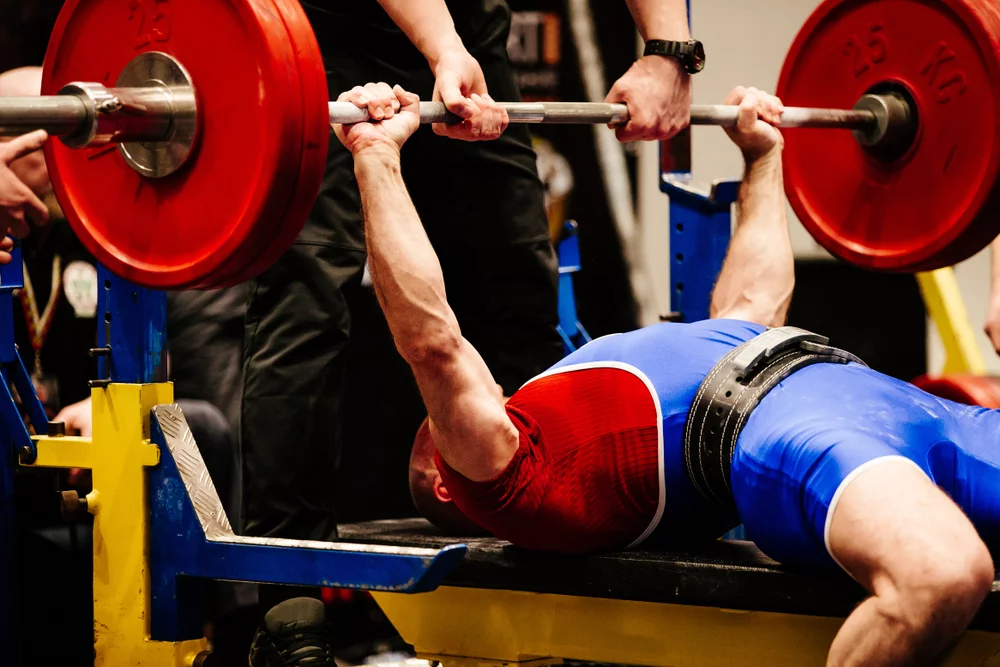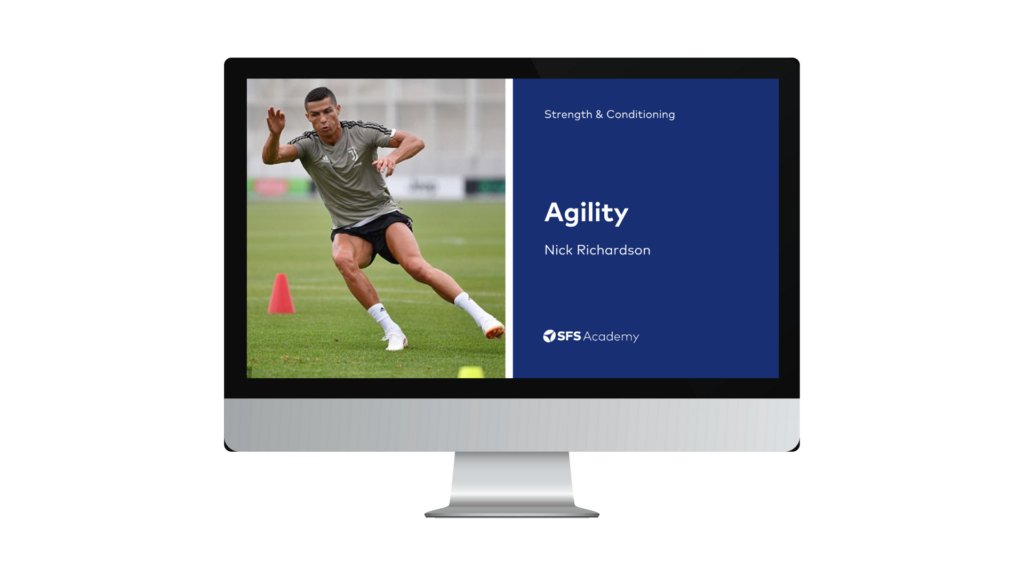This week in the world of sports science, here’s what happened…
- The flat vs arched back bench press debate
- Pickle juice and muscle cramping
- A look at the profiles of elite male and female CrossFit athletes
The flat vs arched back bench press debate
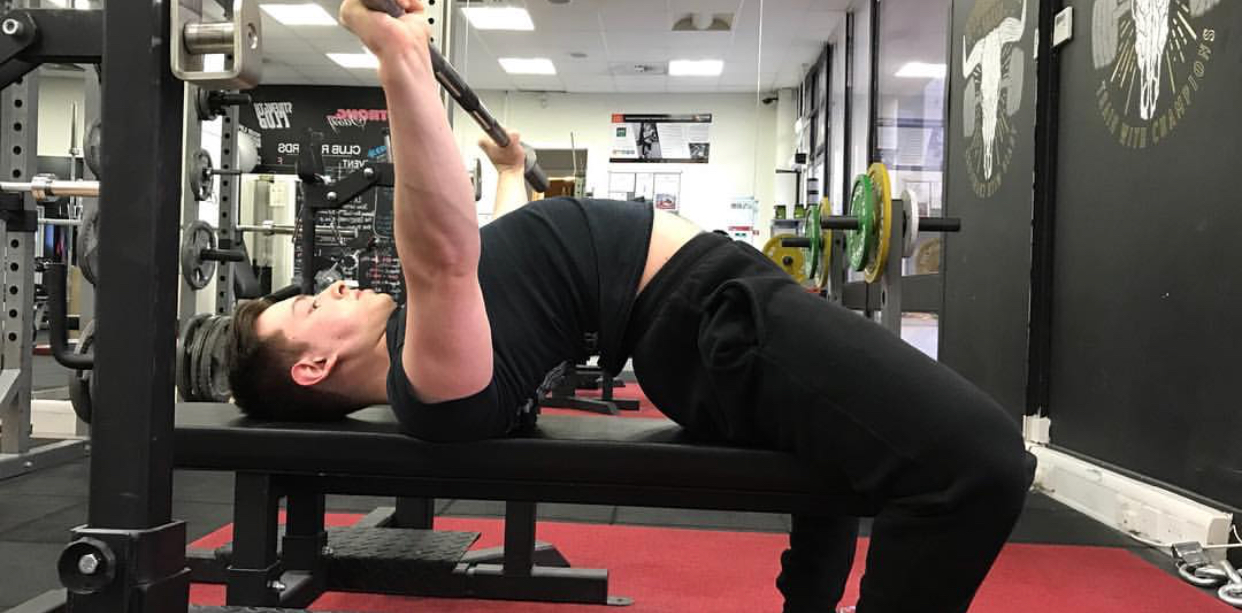
In the recent edition of the Journal of Strength and Conditioning Research, a study was published that examined the disputed techniques of using a flat back versus an arched back during the execution of the bench press.
The study involved 15 extensively trained individuals from competitive powerlifting, weightlifting, or athletic throwing backgrounds. All participants were well-versed in both the flat back and arched back bench press techniques and were tested while performing both techniques at 50, 70, and 90% of their respective 1RM.
The study’s primary findings indicate that participants were able to lift heavier loads using the arched-back technique. However, barbell velocity was higher at lighter loads for the flat-back technique. Thus, it suggests that the arched back technique appears superior when heavy lifting is the focus, whereas the flat back technique may be more effective when the goal is explosiveness. No discernible difference in chest muscle activation was noted between the two techniques; however, greater tricep muscle activation was observed with the arched-back technique.
The study noted that while participants were skilled in both techniques, ten of them had backgrounds in powerlifting. Powerlifters are known for using an arched-back technique, which may have biased the results. Despite this limitation, the study provides some interesting insights into a much-debated topic.
Pickle juice and muscle cramping
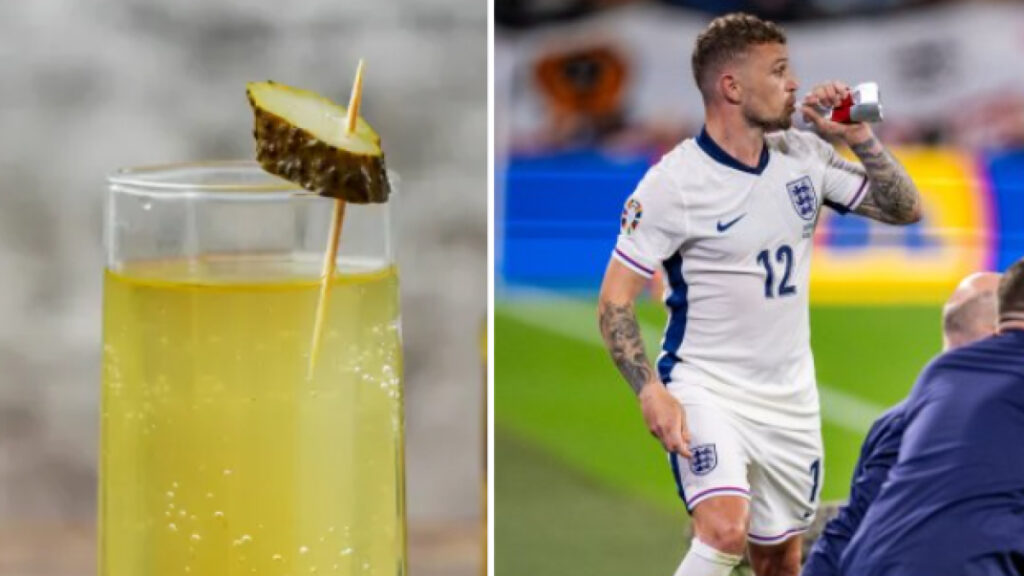
Recently, there has been a significant focus on the consumption of pickle juice in athletic settings. During a recent European Football Championship match, English footballer Kieran Trippier was observed consuming a sachet of pickle juice towards the end of the game in an effort to prevent muscle cramping.
The English football team has integrated pickle juice as a strategy to mitigate muscle cramping toward the end of matches. This practice is not exclusive to football, as prominent tennis players, including Carlos Alcaraz and Daniil Medvedev, have also been witnessed taking pickle juice shots during their games in the past.
Pickle juice typically comprises sodium, potassium, and vinegar. Proponents argue that the sodium present in pickle juice aids in replenishing lost electrolytes due to sweating and helps prevent muscle cramps. However, some argue that it takes time for the sodium and electrolytes to reach the muscles, whereas muscle cramping often has a sudden onset.
In 2020, research proposed a different way that pickle juice might work to alleviate muscle cramps. The study suggests that the acetic acid and sodium in pickle juice may stimulate the oropharyngeal reflex, which could relax specific neurons linked to muscle cramping. Simply put, receptors in the mouth send signals to the brain, which in turn relax or alleviate neurons involved in muscle cramping.
While additional research is required to comprehensively understand the scientific basis of pickle juice in averting muscle cramping, initial studies are encouraging, and its utilisation is increasingly prevalent in major sporting events.
A look at the profiles of elite male and female CrossFit athletes
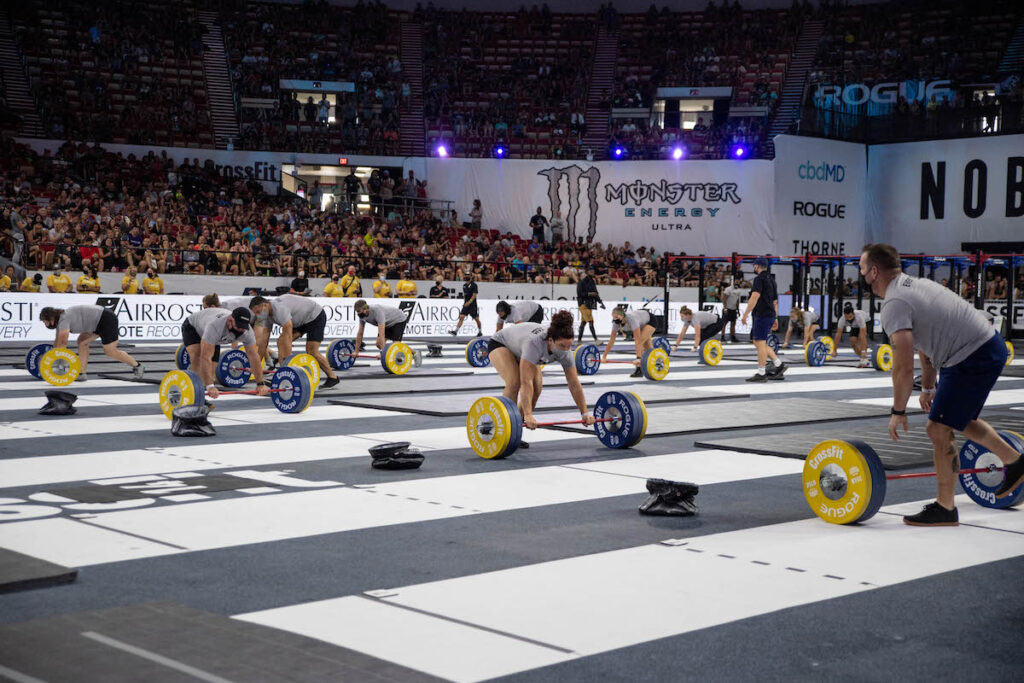
The emergence of CrossFit in recent years has sparked considerable debate within the strength and conditioning industry; however, its undeniable surge in popularity is evident. A recent study has provided a comprehensive analysis of CrossFit, aiming to offer detailed insights into the physiology of high-performing CrossFit athletes to optimise training. The study drew from a select group of participants, comprising 30 males and 30 females, all ranking within the top 5% of the CrossFit Open, including 7 CrossFit semi-finalists and 3 CrossFit Games finalists.
The study yielded valuable data on various fitness markers. The average VO2 peak for men and women was recorded at 4.64 and 3.21 L·min −1, respectively, while the average maximum isometric midthigh-pull scores for men and women were 3158 and 2035 newtons. Nonetheless, when correlated with performance, both the VO2 peak and maximum isometric midthigh-pull displayed minimal evidence of associations with CrossFit Open performance.
Intriguingly, the study revealed that anthropometric variables exhibited a strong correlation with CrossFit Open performance. Athletes with shorter limbs appeared to have a distinct advantage. This insight led the researchers to propose potential modifications to CrossFit Open workout designs to create a more level playing field for athletes with diverse anthropometric characteristics.
For those interested in CrossFit, we highly recommend exploring this study for valuable insights.
From us this week:
>> New course: Investigating S&C Practices
>> New podcast: Maximise Your Adaptation To Training
>> New infographic: How Effective Is Flywheel Training For Athletic Performance
>> New article: TeamBuildr: Everything You Need To Know
Access to a growing library of sports science courses
SFS Academy is an all-access membership to premium sports science education.
With SFS Academy, you’ll learn from some of the best coaches around the world as they teach you how to apply the latest research and practice with your athletes.
